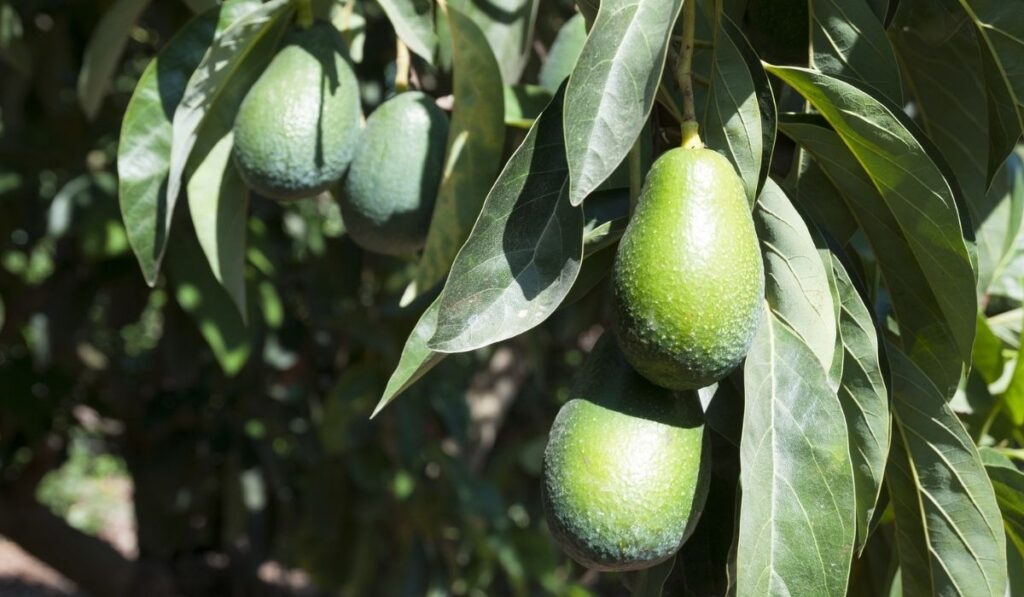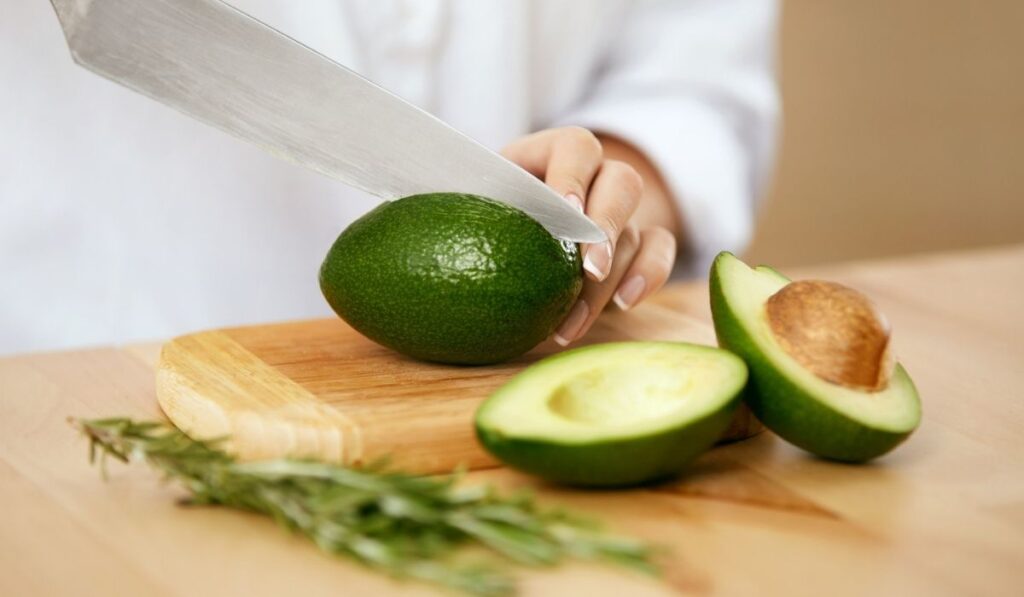Avocados are delicious and chock-full of nutrients and vitamins, monounsaturated fats, fiber, magnesium, potassium, and omega-3 fatty acids. These fruits come from different regions in the world and are usually available year-round. If you’re craving that much-loved, buttery flavor, you should familiarize yourself with when avocados are in season.
Avocados are grown in warm climates around the world, so the season varies widely depending on the location. In California, which is a major source of avocados, the season runs from spring through early fall. An avocado that’s in season has a rich, creamy flavor that’s perfect for many recipes.
So, the region where your avocados are sourced will determine what time of year they’re best. To find and enjoy the best possible avocados, let’s learn when they’re in season, how to choose a ripe fruit, and how to store them properly.
When Are Avocados in Season?

Avocados grow in warm climates and are available throughout the year in temperate regions. California Hass avocados are the most common in local American markets and are in season from late March or mid-April through to mid-July.
The season can vary slightly depending on the weather patterns in the growing areas. Some areas within the Golden State enjoy a peak all the way to December!
Florida is another producer of avocados in the country with the Booth, Lula, and Taylor varieties doing well there. Avocados are in season in Florida from June to January. Hawaii has a shorter avocado season, lasting from November to January.
There’s also a significant supply of imported avocados on the market. Avocados in Australia are in season from March through January. In South Africa, avocados are in season from June through October. New Zealand avocados cultivated for export are in season from August through March.
With such variations in seasons across the major production areas, you can find avocados in the market throughout the year. By knowing more about when avocados are in season in these different growing areas, you can always buy fruits with that creamy flavor you love.
The good news is that, though it’s such a creamy delicious fruit, it actually can be dried out and stored in a shelf stable way. If you really need your avocado fix and you can’t find them in your area, try out Earnest Eats Freeze-Dried Smashed Avocado (on Amazon) to see if they can help you work more avocado into your diet. Dole also makes frozen diced avocado (example on Amazon), which are another great option.
How Can You Tell if an Avocado Is Ripe?
A ripe avocado is perfect for guacamole, salads, and many other beloved recipes. However, choosing a ripe avocado is never easy; the color change can mislead you. For example, Hass avocados change into a purplish-black color, but Shepard avocados retain their bright green color when ripe.
If you want an avocado to use on the same day, here are tips to tell if the fruit is ripe:
- Compare different avocados and choose the ones that are darker in color.
- Feel an avocado in your palm. A ripe fruit yields to gentle pressure. Don’t squeeze an avocado with your fingers to avoid bruising the fruit.
- Feel the area near the stem. A ripe avocado has a soft stem area.
- Peel back the stem and if it comes off easily, this is a sign that the fruit is ripe.
- Check if the inside of the avocado is green. If the stem doesn’t peel off easily, the avocado is not ready. If the fruit is brown beneath the stem, it’s overripe.
How to Store and Cut Avocados

Whether you want to use an avocado for guacamole, salads, smoothies, sandwiches or on its own, always handle the fruit with care. To begin with, store ripe avocados properly to keep them from going bad before you get a chance to enjoy them!
Storing whole avocados protects the inside from oxidation, which means you can enjoy it longer. If you have cut avocados to store, remember that exposure to oxygen might make the flesh go bad more quickly.
Here are some options for storing your avocados:
- Store whole, ready-to-eat avocados in a refrigerator to slow down the ripening process. Choose the low-humidity drawer in the refrigerator.
- Store whole, unripe avocados in room temperature to allow for ripening.
- To store cut avocado halves, sprinkle them with lemon/lime juice, or olive oil. Wrap the halves using plastic wrap and store in the refrigerator.
Alternatively, put water in a container and dip the halves face down in the water. Cover the container and store the avocado halves in the refrigerator. - Freeze your avocados as puree inside freezer-bag and store up to five months.
To prepare ripe avocados for any recipe, you should cut the fruit carefully. Some recipes require an aesthetic touch to the avocados. Here’s how to cut your avocados:
- Wash your avocado and then, using a sharp knife, cut lengthwise down to the pit as you turn the fruit around in your palm. This divides the avocado into two and you can separate the halves.
- Remove the seed by pressing a knife into it and twisting to let it free. Use a napkin to protect your hand.
- Scoop out the flesh using a dessert spoon and place the flesh on a board to cut the avocado into the style you need for your recipe.
